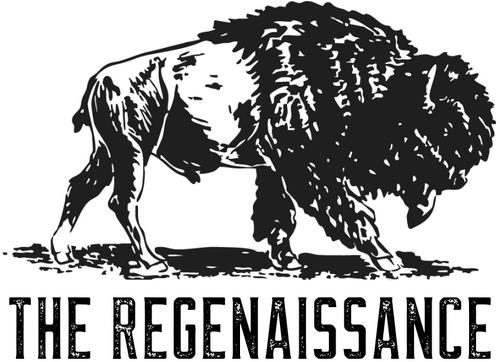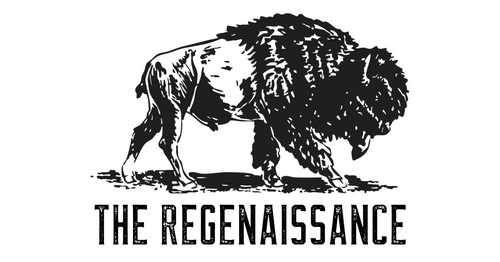Rebels, The Buzz is Dying Out
Honeybees aren’t just making honey – they’re the invisible workforce behind apples, cherries, cranberries, cucumbers, and pumpkins. In Wisconsin, hive losses have spiked to catastrophic levels, with some beekeepers losing 60% or more of their colonies in a single year. That’s not bad luck – it’s the fallout of pesticide dependency, regulatory failures, and an industrial food system collapsing under its own weight.
In this article, we’ll uncover:
-
How neonicotinoids and glyphosate are poisoning pollinators.
-
Why Wisconsin’s food system hangs in the balance.
-
What farmers, beekeepers, and policymakers are doing to fight back.
What’s Driving Wisconsin’s Bee Collapse?
Neonicotinoids: Neurotoxins in Every Seed
Neonicotinoids (“neonics”) are coated on millions of corn and soybean seeds across Wisconsin. They saturate the entire plant – from roots to pollen – making nectar toxic to bees. Even at sub-lethal doses, neonics cause disorientation, weakened immunity, and reproductive collapse. The EU banned them in 2018. The U.S.? Still business as usual.
Glyphosate: Silent Killer of Bee Gut Health
Glyphosate (Roundup) doesn’t kill bees outright. Instead, it wipes out their gut microbiome, leaving them defenseless against deadly pathogens. University of Texas research showed glyphosate exposure left bees far more susceptible to infections turning the world’s #1 herbicide into a hidden pollinator assassin.
Pesticide Drift: Collateral Damage
Even if a farmer avoids neonics, drift from neighboring fields can turn wildflowers and pollinator gardens into toxic kill zones. That means small-scale organic growers and backyard beekeepers are left powerless when industrial spraying takes over the landscape.
The Ripple Effects: From Farms to Food Security
-
Crop Yields at Risk: Pollinators contribute over $55 million annually to Wisconsin agriculture. Apples, cherries, and cranberries rely heavily on bee health. Declining pollination means smaller harvests, higher prices, and fewer options at the farmers’ market.
-
Economic Fallout: Commercial beekeepers are reporting record losses. Replacing dead colonies costs thousands, while pollination fees skyrocket. Those costs trickle down to consumers.
-
Systemic Collapse: Fewer bees mean reduced biodiversity, weaker ecosystems, and food systems increasingly controlled by corporate agribusiness.
Policy Failures and Pesticide Politics
Wisconsin legislators recently reintroduced the Pollinator Protection Package – a set of bills to restrict neonics on state lands and ban “bee-friendly” plants treated with pesticides. But corporate lobbying has stalled similar efforts before. Meanwhile, the EPA has been accused by its own staff of covering up pesticide risks under industry pressure.
Rebels in Action: Farmers, Beekeepers, and Advocates
Not everyone is waiting for permission:
-
Regenerative beekeepers are breeding mite-resistant strains and reducing chemical reliance.
-
Farmers are restoring habitat with cover crops, prairie strips, and pollinator buffers.
-
Advocacy groups are fighting back with lawsuits, grassroots campaigns, and community pollinator projects.
This is where sovereignty meets survival: if we want food freedom, we must protect the pollinators that feed us.
The Path Forward: Food Freedom Depends on Bees
Wisconsin’s honeybee collapse is a warning. If pesticides continue unchecked, our farms and food system face collapse. But with regenerative farming, pesticide reform, and community action, we can turn this crisis into a rebirth.
Rebels, every bee saved is a step toward food freedom. Join the movement to protect pollinators, support regenerative farmers, and rebuild a food system that serves people – not corporations.





